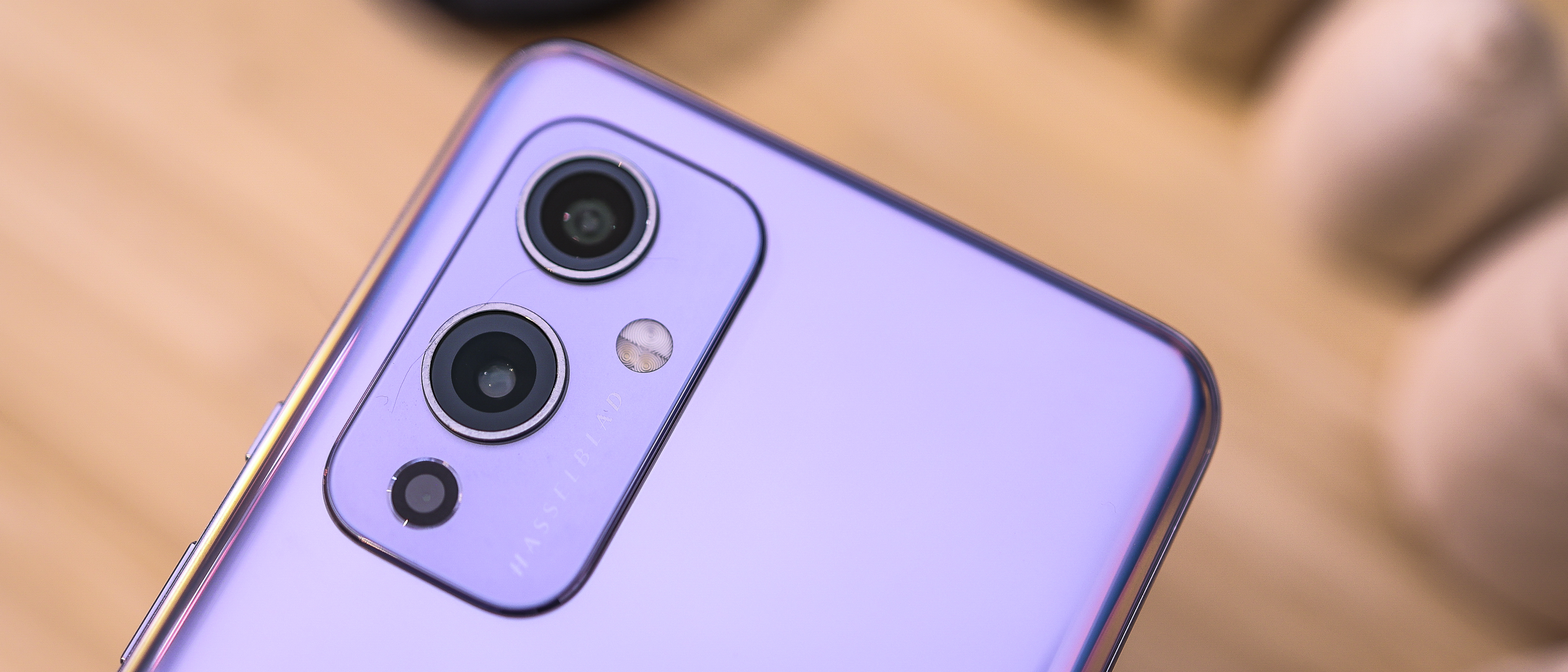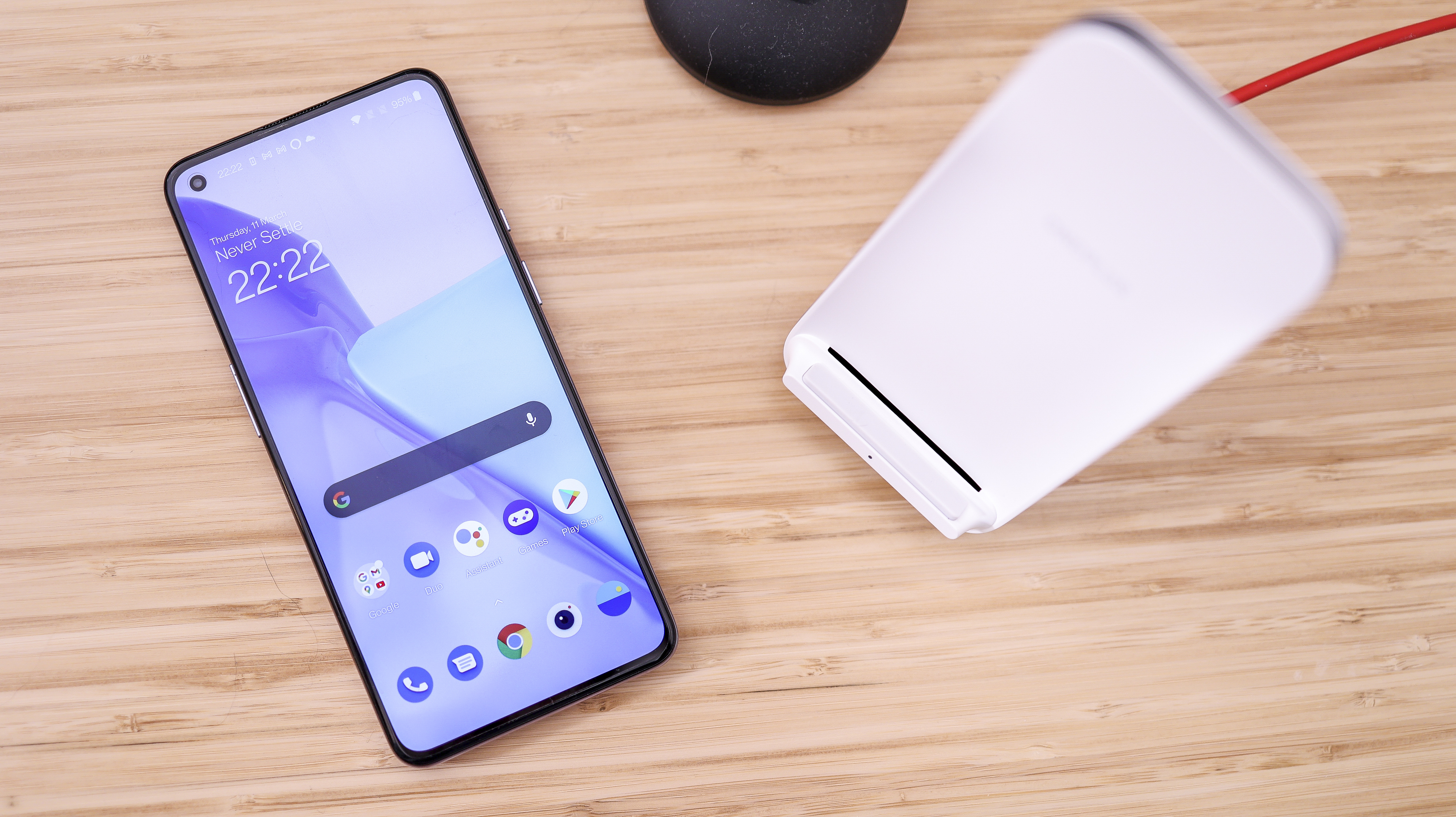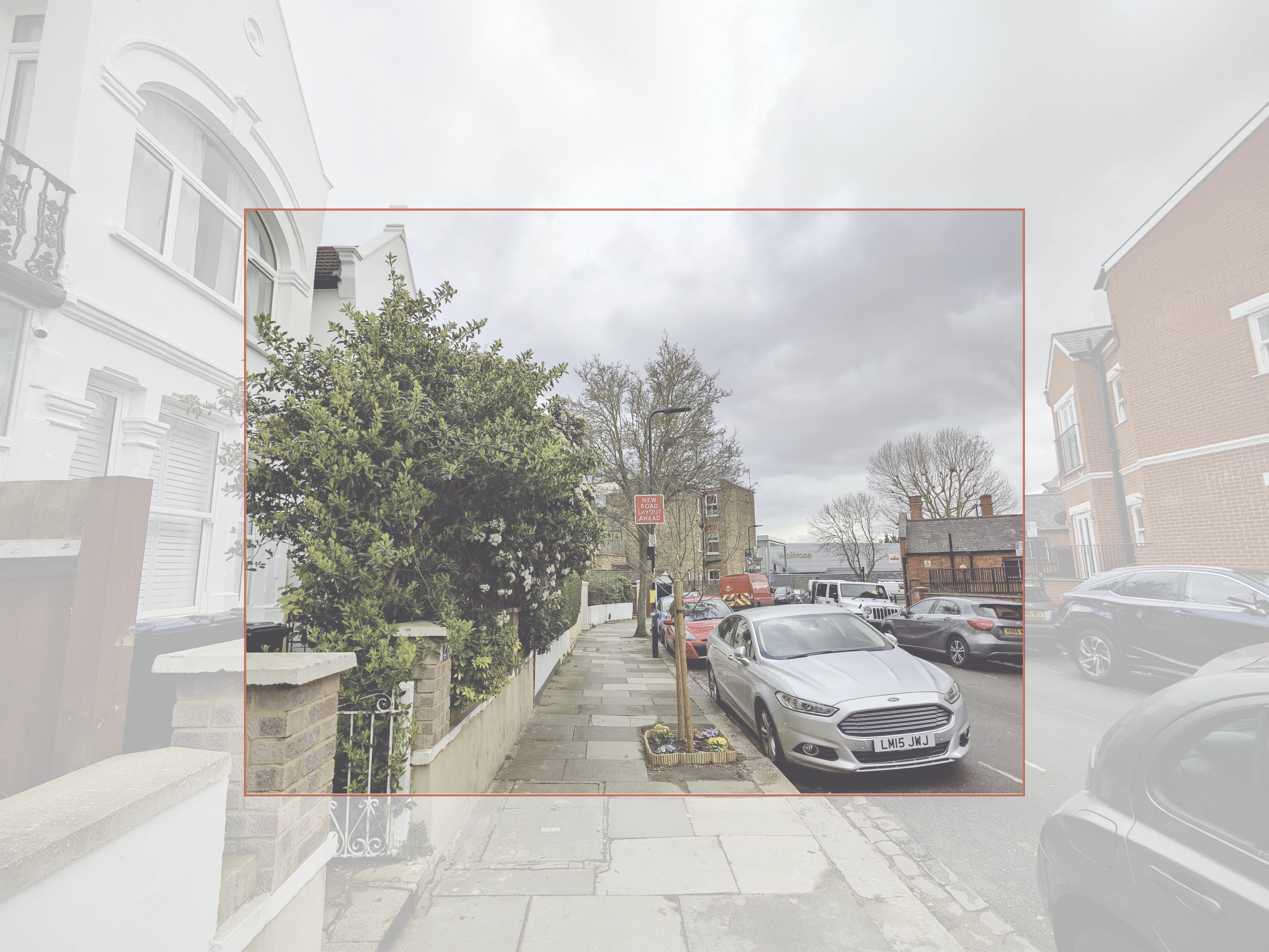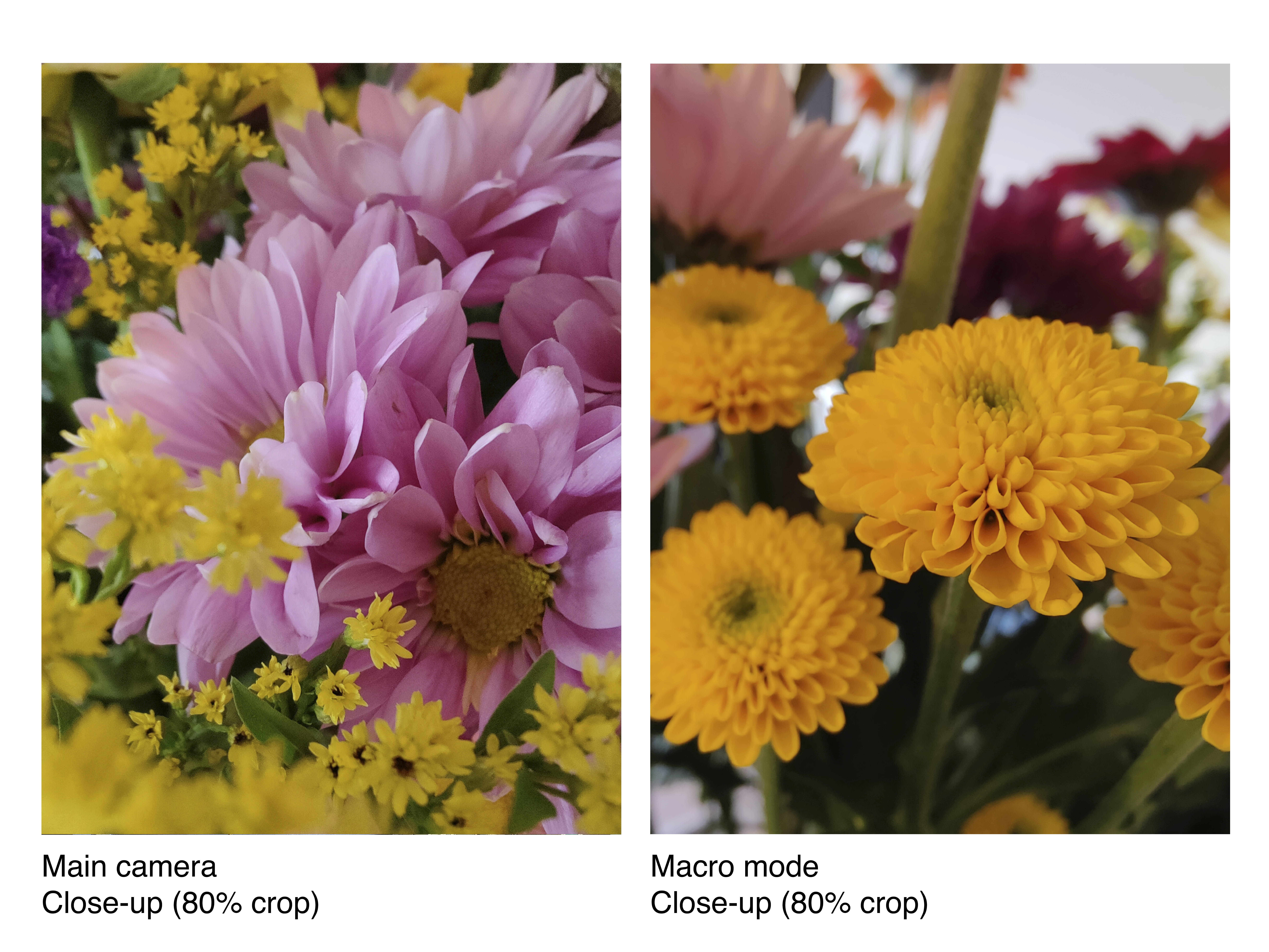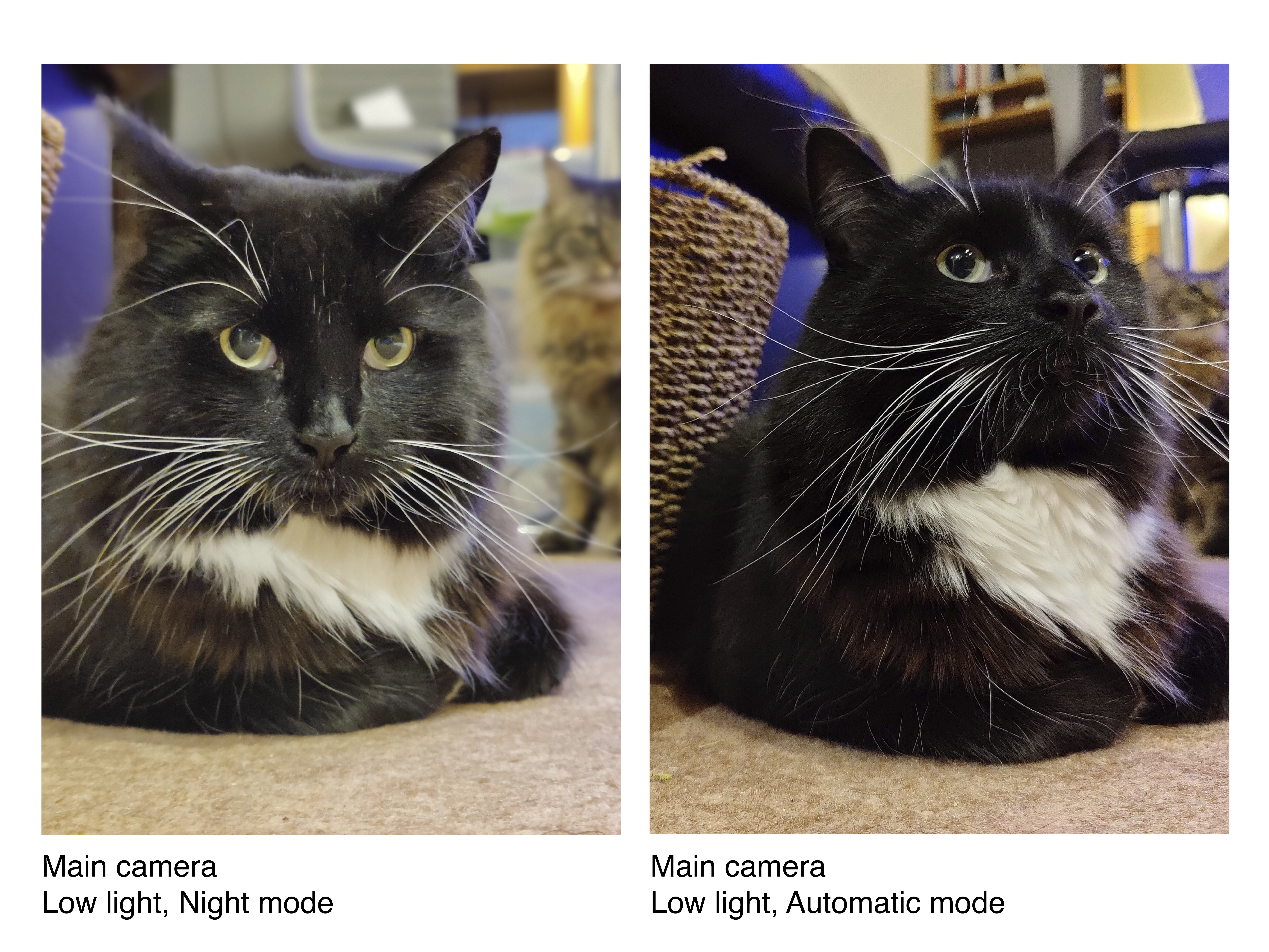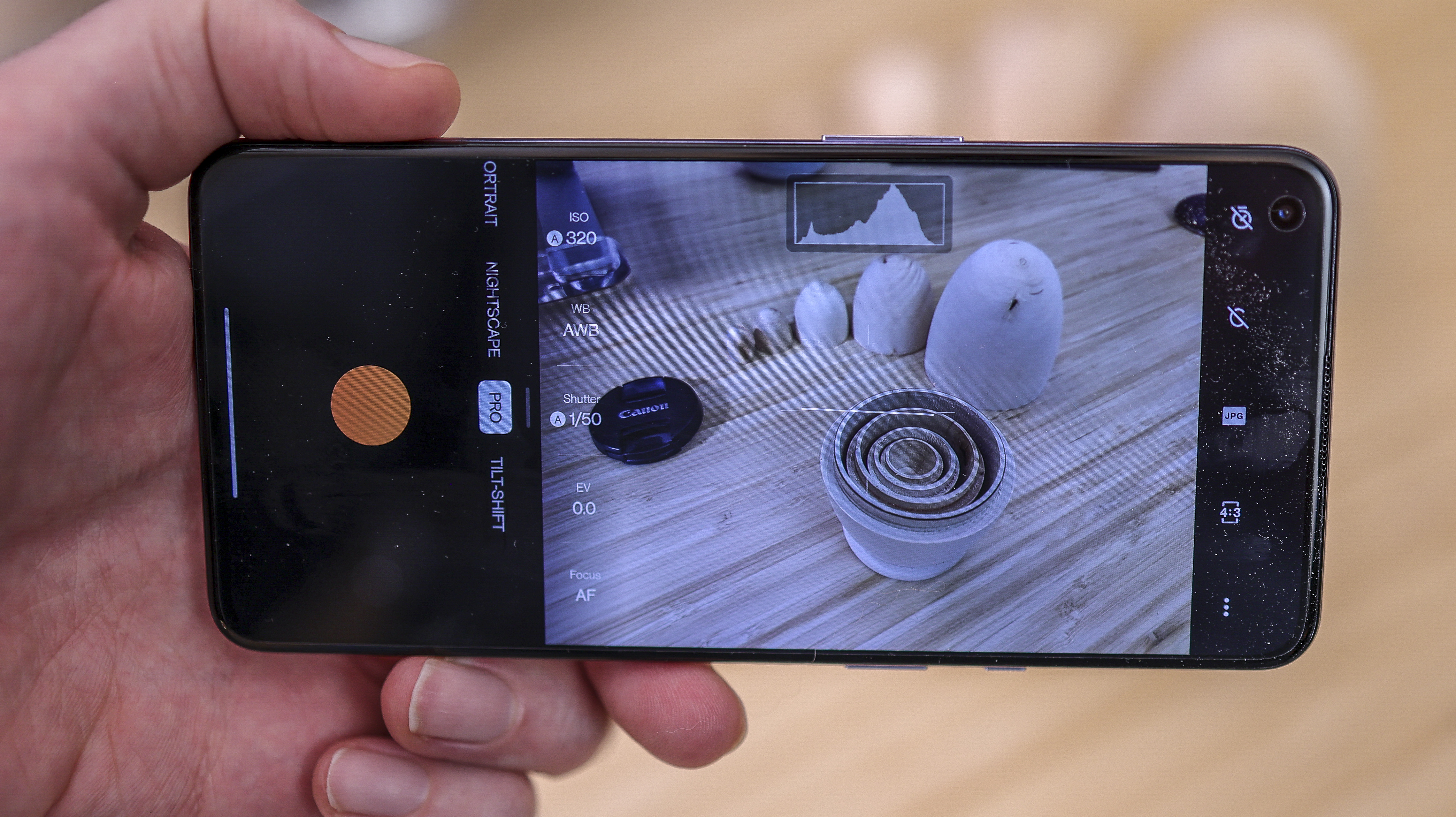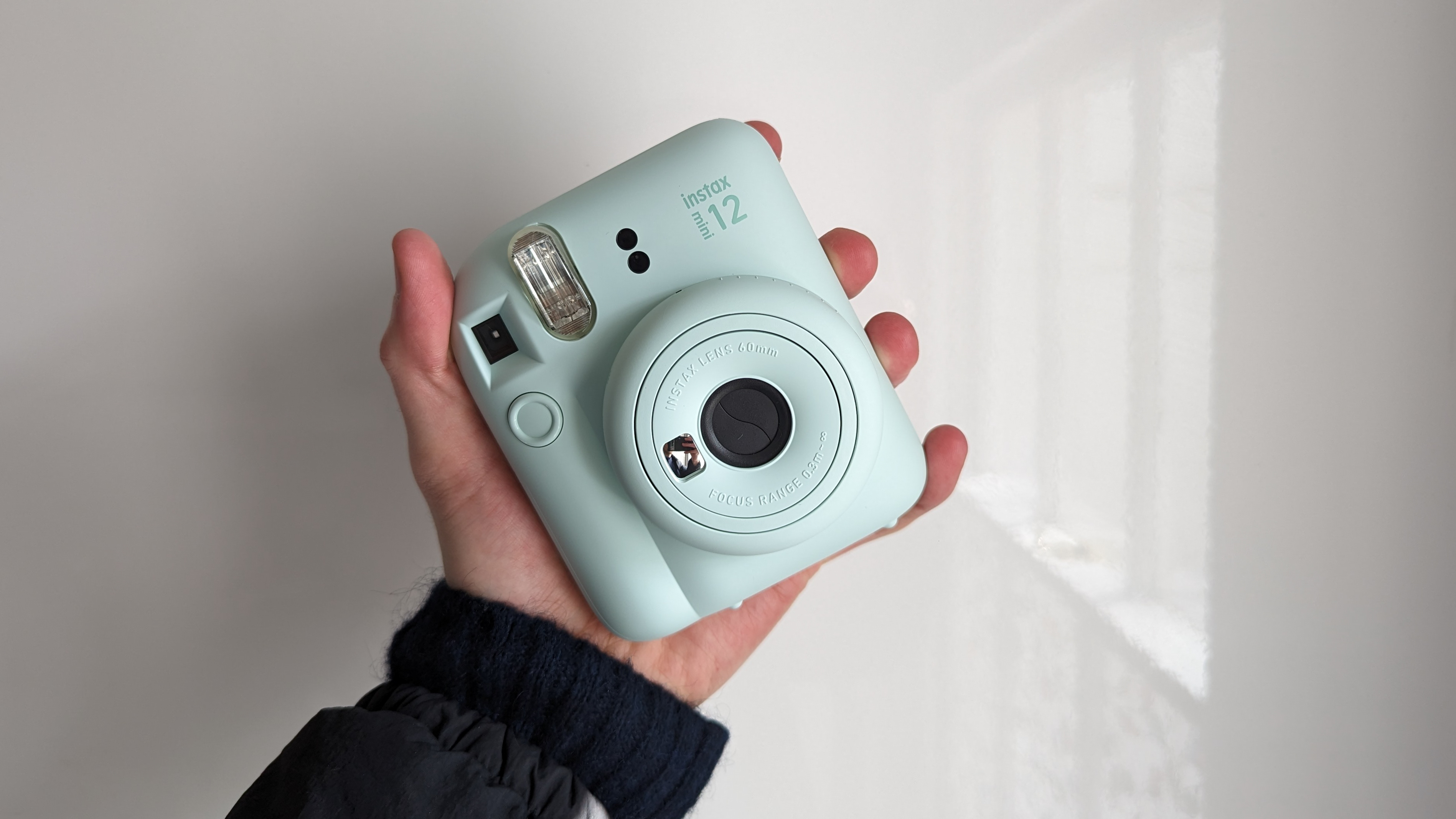Digital Camera World Verdict
The OnePlus 9 is a fantastically sensible smartphone. Costing £629 (approximately $860), it undercuts the Apple and Samsung competition, while serving up helping after helping of flagship goodness. It also feels very low on compromise in day-to-day use, with top-tier power, a fine screen and sleek design. Its camera isn’t perfect, but at wide and ultra-wide angles, it’s not too far off, and the phone also grabs mightily steady video at up to 8K resolution too.
Pros
- +
Excellent value across the board
- +
Good primary camera
- +
Excellent ultra-wide camera
Cons
- -
Plastic frame isn’t super-premium
- -
No telephoto camera
- -
No Pro mode ultra-wide support
Why you can trust Digital Camera World
The OnePlus 9 competes directly with other midrange-priced, flagship-powered smartphones like the Samsung Galaxy S20 FE. It’s clearly cut from the same cloth as the OnePlus 9 Pro, and also benefits from Hasselblad optics, but strips things back in a few key areas to keep costs down.
So what’s different between the top-dog OnePlus 9 Pro and the underdog OnePlus 9? For starters, the latter’s screen is a last-gen panel with a lower resolution. It’s also packing a plastic frame (albeit one infused with fiberglass), and it misses out on both Sony’s new IMX789 primary camera, capable of 4K capture at 120fps, and a telephoto module.
Despite omissions when compared to the Pro, the OnePlus 9 is well kitted out for a phone with its price tag. A mighty Snapdragon 888 chipset powers it, keeping things fast and smooth. OnePlus also includes incredibly fast 65W wired charging, and adds 15W wireless charging to the non-pro spec roster for the first time. The phone’s ultra-wide camera is also the same as that found on the significantly pricier Oppo Find X3 Pro.
Design and screen
A touch smaller than the OnePlus 9 Pro, the OnePlus 9’s screen clocks in at 6.55 inches. A comfortable size, the phone sports similar styling to the Pro, but weighs a bit less, at 192G. That makes it a smidge heavier than the Galaxy S20 FE and iPhone 12 Pro, but significantly lighter than the Galaxy S21 Plus.
Available in three colors: Arctic Sky, Astral Black, and Winter Mist, the OnePlus 9’s front and back are Gorilla Glass (version unspecified), there’s a pre-fitted screen protector, and a case in the box. That said, unlike the Pro, the OnePlus 9 isn’t officially IP68 dust or water-resistant.
Design-wise, the most contentious thing about the OnePlus 9 is its plastic frame. Described as a ‘fiberglass polymer composite’ it feels less cool to the touch than the buffed metal of the OnePlus 9 Pro and Sony Xperia 1 II, for example. That said, it definitely doesn’t feel bad, and offers the same ports and buttons as the Pro — a USB-C port, notification slider, power, and volume buttons.
Unlike the slightly curved-on-both-sides OnePlus 9 Pro, the OnePlus 9 sports a flat-screen. At 6.55 inches, with a resolution of 1080 x 2400, it’s also less sharp, with a pixel density of 402PPI, putting it on-par with the Galaxy S20 FE. Like the FE, it’s also loaded up with a 120Hz AMOLED panel with HDR10+ support, and its luminescent 1100-nit peak brightness is a treat for outdoor viewability.
The best camera deals, reviews, product advice, and unmissable photography news, direct to your inbox!
Colors and depth are predictably AMOLED-tastic, and when viewed in isolation, whether watching Netflix or pinching into photos, it’s an absolute joy. Set alongside the 9 Pro, a keen eye will spot a few comparative shortcomings, specifically when it comes to contrast at high brightness, but it really does take a stickler for detail to find fault with the OnePlus 9’s display.
OnePlus 9 : cameras
The OnePlus 9’s main camera features a Sony IMX689 sensor. This 48MP marvel powered the fantastic OPPO Find X2 Pro’s camera, as well as the main camera of the OnePlus 8 Pro. With its f/1.8 aperture, wide 23mm equivalent focal length lens with OIS, and 1/1.43 sensor with 1.12-micron pixels, we have high hopes. And it’s all helped along by omnidirectional PDAF.
The 50MP ultra-wide camera on the OnePlus 9 appears to be the same as found on the OPPO Find X3 Pro. It’s powered by a Sony IMX 766, 1/1.56-inch sensor, another seven-element lens, including a freeform lens to minimize distortion, and is matched with an f/2.2 aperture, 14mm lens.
As the ultra-wide doubles up as a macro camera, and there’s no telephoto camera to speak of here, OnePlus hasn’t overloaded the OnePlus 9 with pointless snappers for the sake of calling it a quad-camera, so the only remaining camera is a 2 MP, f/2.4 depth sensor.
Selfies are made possible thanks to a 16MP front camera, featuring a Sony IMX471 sensor with a fixed focus, f/2.4 lens, and video on the rear camera is captured at up to 8K 30fps, or 4K 60fps.
So what’s so Hasselblad about the new OnePlus 9 series then? Other than the logo below its wide lens, Hasselblad has brought its trademark look to the line, and the phone’s pro mode has been spruced up a touch.
The Pro mode has been partially redrawn to feature Hasselblad styling and focus-peaking. The rotary dial for manual adjustments has been ditched in favor of a simple slider too, and Pro mode still supports shutter speeds of up to 30 seconds, though the maximum manual ISO has been doubled from last year’s line, climbing up to 6400. There’s only one thing that frustrated us when it came to the OnePlus 9 and 9 Pro’s pro mode, versus other phones like the Find X3 Pro: it doesn’t support manual or RAW capture on the ultra-wide camera, which is incredibly frustrating given how good the ultra-wide camera is.
The 9-series also gets Tilt-shift, a new mode that is a more finessed version of the Instagram effect, emulating shallow depth of field, for an almost miniature effect.
OnePlus 9: camera performance
The OnePlus 9’s main camera is packed with pixels, so it’s little wonder its shots deliver on detail in well-lit scenes. You can see from the image above that even with digital zoom (there’s no telephoto lens on the vanilla OnePlus 9), detail holds up at up to five times magnification pretty comfortably. Despite its 48MP sensor, the camera captures 12MP images by default, so if you’re feeling like a maverick and the light is right, you can ramp up the resolution all the way for even more croppable shots.
The OnePlus 9 and 9 Pro have started to develop something of a look for the brand. Supremely optimized for the phone’s screens, photos taken on them look wonderfully inviting and warm when viewed back on the devices. When exported, they feel a touch cooler, though detail still holds up fantastically, and processing isn’t overbearing in most scenes.
Color, contrast and saturation are liberally turned up on the OnePlus 9, but not in a radioactive way. As you can see from the flowers, there’s a depth to the images, despite the fact both were taken in relatively dim conditions. The scene isn’t brightened up too much, which we like, and the OnePlus 9’s new look borders on an almost mild, cool-sepia, which manages to be tasteful at the same time.
Focus is fast, and the ultra-wide camera sports autofocus, which is a real treat at this price point. What’s also handy is that night mode works across both wide and ultrawide, with the automatic mode also prolonging the exposure when the lights dim. Indoors or out, photos taken using night mode impress, and if you can get familiar with the metering system, you can also get great shots from the automatic mode in challenging scenes too.
With video captured stabilized beautifully, and recording resolution climbing up to 8K, the OnePlus 9 delivers on all fronts as a mid-range camera phone, with the only major drawback compared to the competition being that lack of optical zoom. Even factoring this into the equation, when you look at what’s out there — the Samsung Galaxy S20 FE and Xiaomi Mi 11, the OnePlus 9 is still very competitive.
OnePlus 9: other features
The OnePlus 9 and OnePlus 9 Pro are powered by a Qualcomm Snapdragon 888 paired with 8GB or 12GB RAM. It goes without saying, with that kind of power, both phones fly. The OnePlus 9 we reviewed benchmarks better than most gaming phones, and the 120Hz screen makes it feel incredibly smooth and nippy.
Running Android 11 with Oxygen OS over the top, OnePlus’s UI offers up ample scope for customization, while being generally slick and stable. The phone’s storage capacity isn't expandable, but you do get a minimum of 128GB storage, with the higher capacity version climbing up to 256GB; both ample for most.
Fantastically fast 65W wired charging is matched with 15W wireless charging. This means you can power up the OnePlus 9 in around half an hour plugged in, and under two hours when placed on a fast wireless charger.
OnePlus 9: Verdict
If you want flagship power at a sub-£700/$960 price, your options are limited. You could spend a bit extra and go for a Xiaomi Mi 11, though its user interface let us down when we reviewed it. Alternatively, the Galaxy S20 FE is fantastic, though that sports last year’s Snapdragon 870 chipset. There really aren’t many phones that do what the OnePlus 9 does — pack cutting-edge power, without a bank-breaking price.
The fact the OnePlus 9’s camera, interface, screen, and battery life impress only add to its appeal. In turn, while the OnePlus 9 isn’t the best camera phone of 2021, it could still be one of the easiest smartphones to recommend right now.
Read more:
• Best camera phone in 2021
• Best budget camera phones
• Best iPhone for photography
• Best burner phone
• Best 5G phone
• Best phablets
• Best flip phones
• Best phablets
Basil Kronfli is a freelance technology journalist, consultant, and content creator. He trained in graphic design and started his career at Canon Europe before moving into journalism. Basil is also experienced in video production, independently running the YouTube channel TechEdit, and during his time at Future, he worked alongside the Digital Camera World team as a senior video producer.
